Hello Guys ... How are you today?
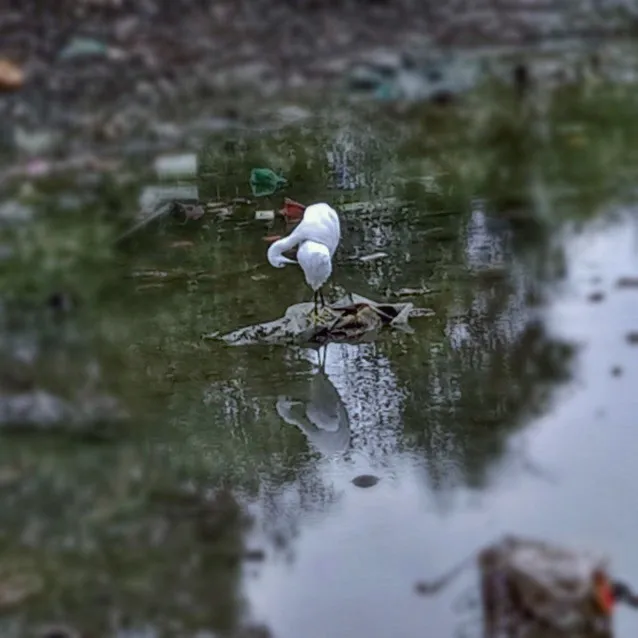
Did you know that egrets have various types, both those that live on the beach and those that occupy the same part of dense trees, these birds like to be and make nests in every branch of the mangrove tree. Bird of Kuntul is one of the animals protected by the government both in the region and in each province.
The species are often seen today in every country, both in Europe and in Asia, if in the territory of Indonesia itself, especially the province of Aceh, there are several types, which live side by side in one nest.

Types that are often encountered are species that often take advantage of opportunities in every place, which have a lot of available food, such as:
| 1 | Little egret |
|---|---|
| 2 | Buffalo Egret |
| 3 | Big Egret |
| 4 | Snowy egret |
| 5 | Eastrn great egret |
| 6 | Chinese egret |
| 7 | Silver egret |
| 8 | and several other species that fall into the category of egrets |
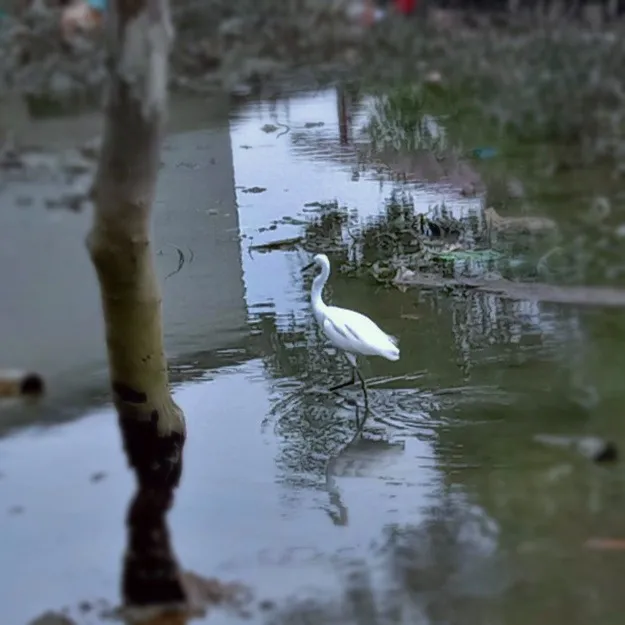
The species mentioned above, all of which can still be found here, in our area, because this has become a concern for the people here, because the population is increasing, so they are free to roam wherever they want.
Here, in our territory, their lives are very lucky, why? Because they are free to roam anywhere, either in the rice fields or in any location where there are still many small fish, of course in every location that has water.
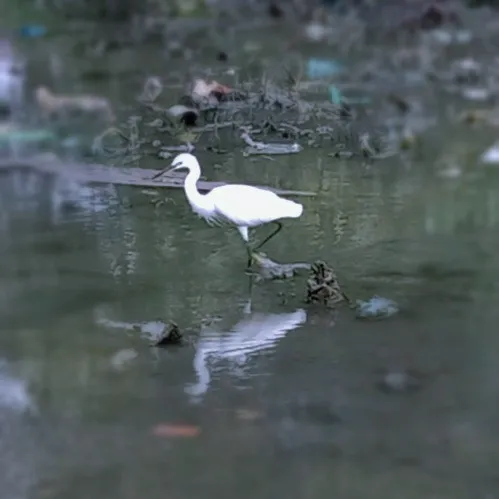
Although they often migrate from one island to another, but eventually they will return here to their original location, the location where they were born. In general, the location of the nest is in a location called the Pusong Lama Reservoir Lhokseumawe Aceh, because the area has many mangrove trees that have grown for a long time.
When there are so many of them, and when they are seen in every mangrove tree, the city community always takes time in the afternoon to see the activity in each mangrove branch, which is close to urban areas.

Let alone residents who live far from the center of the nest, but local villagers also very often watch daily activities in the nest area.
This, becomes very interested when they explore and perform landing attractions when a flock of egrets tries to pull over to their nests.
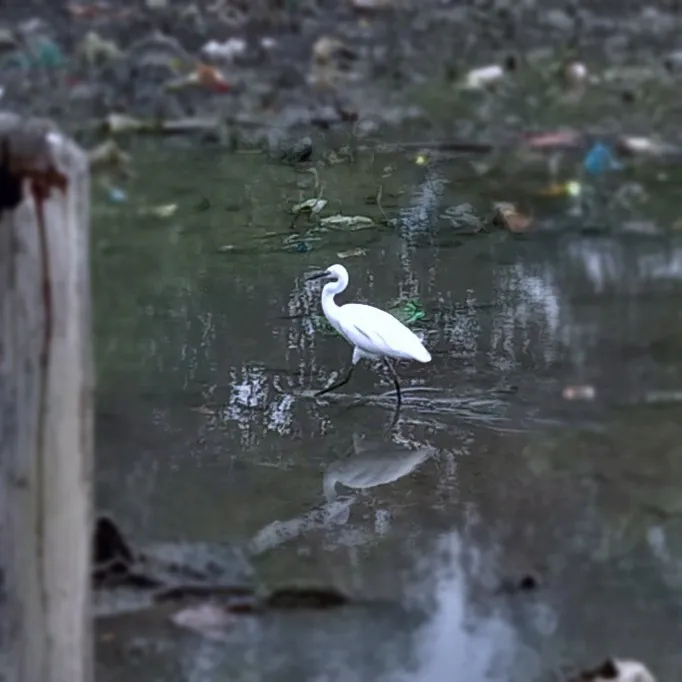
The atmosphere gets even more interesting when a flock of storks have just returned from another location, it can be seen that they fly in a neat V shape, they have the leader standing in the front row while the rest of the family is on the left wing, while the others are in the right wing position, and its position is exactly like the picture of an airplane.
Sometimes there are also some people, approaching him closely at a distance of about 20 meters from him, when each egret, is walking in the stagnant water, right under the mangrove trees. This has become a routine phenomenon when people are in the afternoon in the nest area.
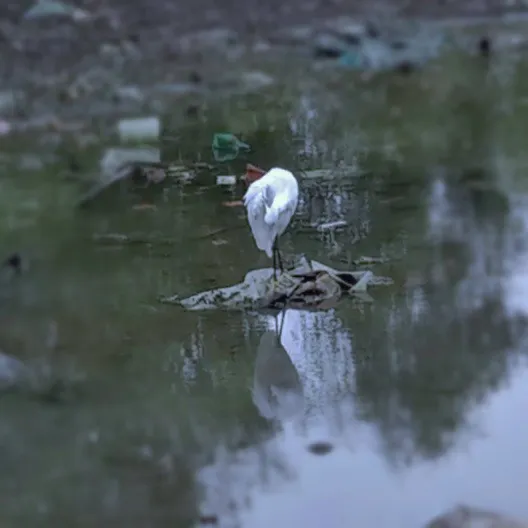
Some local photographers deliberately come to this location, specifically to take photos of egrets when they have just returned from afar, especially when the sun is setting, this atmosphere is very much awaited by them because they will get cool and elegant photos.
I myself also very often take photos in that section, but my photos are not as beautiful as photos from local photographers, because I use a device in the form of a cellphone camera, while they have sophisticated photo tools. However, I also got it even though the bird wasn't visible because it was covered in the red sun. If you look at the results that look real, it is sunlight, while the herons look small and black from a distance.
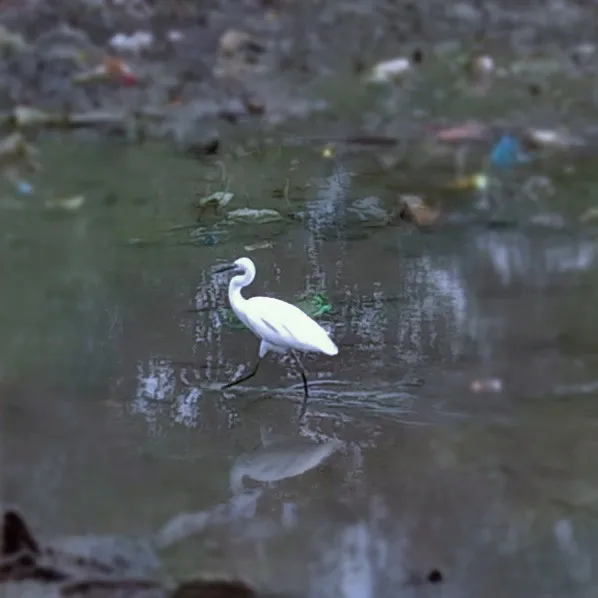
The egret that you see in my post, is very close to where I am standing, if measured the distance is about 7 meters, but he is not bothered by the presence of someone, maybe this is what he reads, people here just want to see it not for hunting. Till today there are no cases of poachers against them, and their population is increasing day by day.
The people here, especially the villagers, also always protect their habitat from any disturbance, whether illegal hunting or other things that can harm or reduce their population. The local community and government really want them, especially the egrets to always be here and continue to increase their population.
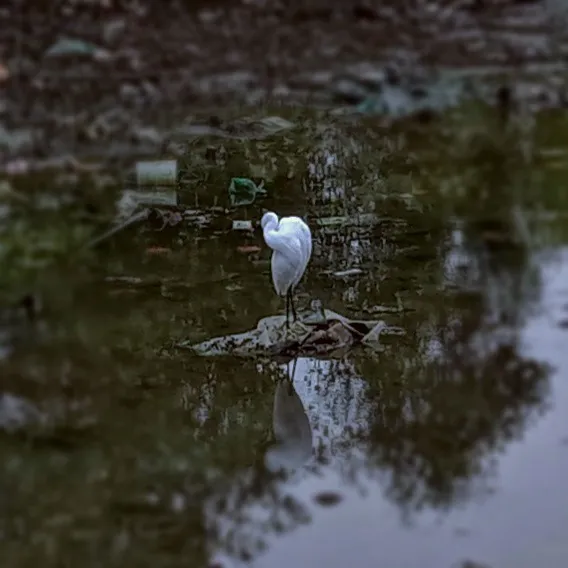
The scenery is even more beautiful, when the mother egret is seen feeding her young in the nest, but unfortunately, my cellphone camera can't detect this activity. This is influenced by the location far from where I am standing, even if it is not visible in the photo, of course. I only used my photos to only shoot some egrets resting and foraging in this arena.
Their lives are very beautiful, they share locations with each other and there is no chaos between each family, the children are free to stand anywhere, there are no attackers and troublemakers, they live in peace and harmony in one large nest area, of course in the branches of mangrove trees.

Every day the eggs hatch, the mother bird guards them until the chicks can be counted on to go and roam freely in the world of the storks, or when the time comes they will do the same, as mothers adapt here and in the wild. Because the mother knows that her child will later explore all corners of nature in determining the nest. The harshness of life out there became the teachings of his parents in surviving in this world.
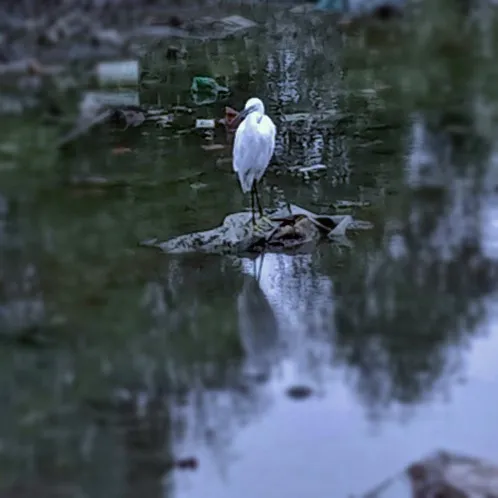
Each of their children will also be great, in migrating, in determining direction, or in everything that they often do. The greatness of the next generation still comes from the mother, so they are still true egrets.
They are so great
| Post title | Egret </s
| Photo source | One's own | Photografer | @𝘀𝗼𝗲𝗵𝗮𝗱𝗮 | Photo taking location | Lhokseumawe, Aceh | Source of writing | Own idea | Camera photo | Smartphone type Vivo Y12 | 𝔗𝔴𝔢𝔱𝔱𝔢𝔯 𝔉𝔞𝔠𝔢𝔟𝔬𝔬𝔨 𝔏𝔦𝔫𝔨𝔢𝔡𝔩𝔫  |
|---|